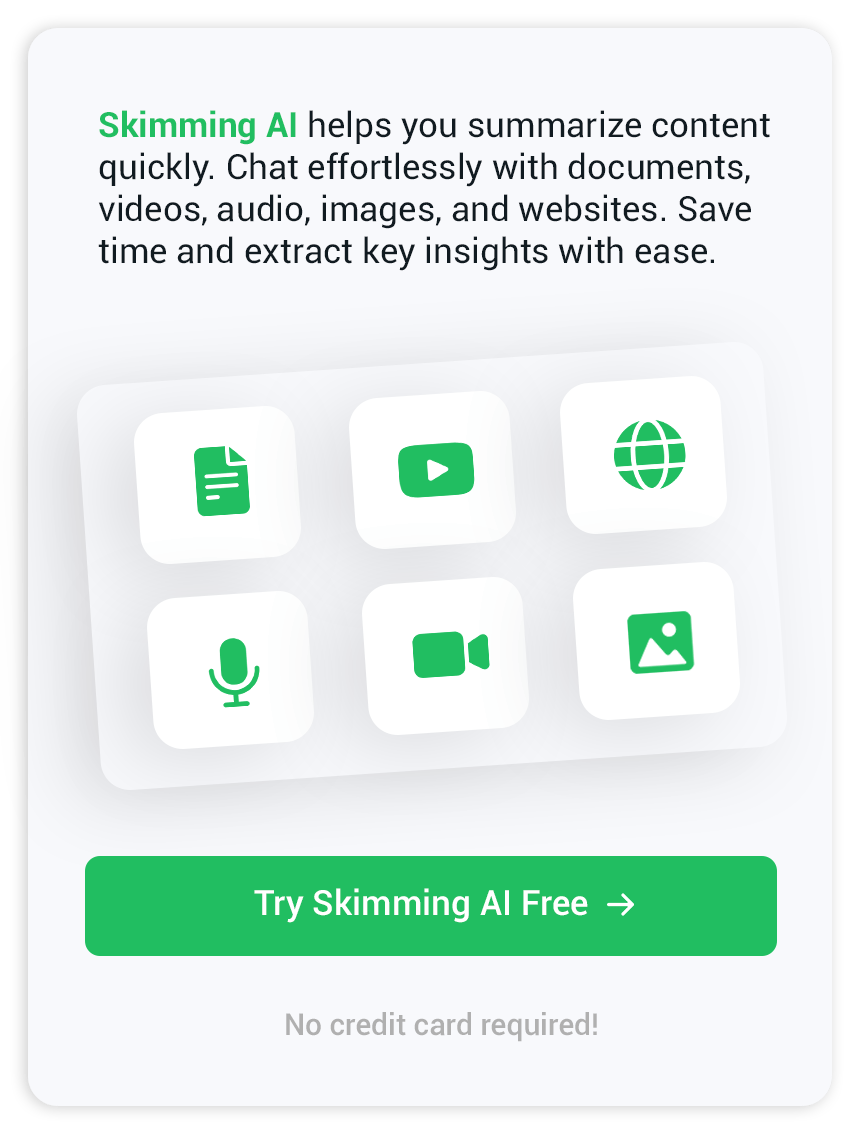Transcribe audio – convert spoken content to text with speed
If you have ever faced a situation where you needed to transcribe audio, you likely know how time intensive it can be. Maybe you are rushing to jot down notes from a meeting recording or trying to create subtitles for a podcast. For many people, the process often feels daunting, especially when you want to finish quickly without missing details.
Understanding Fast Audio Transcription
Transcribing audio means listening closely and converting spoken words into clear written text. Some people prefer typing as they listen while others try writing everything from memory. Both methods work but demand serious attention and can become tiring if the audio is lengthy or complex. The need for a quicker approach becomes even stronger when there are deadlines or multiple files.
Choosing the Right Tools and Methods
The fastest way to transcribe audio usually involves technology designed for this specific job. Modern transcription tools use speech recognition and can handle a wide range of accents and audio qualities. For example, conversations recorded in a quiet environment with clear speech are much easier to transcribe using these solutions.
If you have a high quality source file, uploading it to a transcription platform is one of the simplest steps. Simply let the tool process your audio, then review and correct any misheard words. Some services offer the possibility to transcribe audio directly, making the workflow far smoother than older manual methods.
Manual Tips for Speed
There are still times you might transcribe audio manually, especially for files with technical topics, strong accents, or background noise. Here are a few practical habits for getting through it more quickly:
- Start with short sections instead of trying to tackle an hour long file at once. It is easier on your attention and helps you spot mistakes faster.
- Familiarize yourself with the subject or speakers. When you know the vocabulary, you can anticipate words and phrases before they are spoken.
- Use headphones and playback controls. Rewind and slow down when needed, but avoid going over the same bit too many times in a row.
How Technology Speeds Up Review and Editing
Even when a machine has transcribed audio for you, it is a good idea to check the result. Transcription tools often include features for fast editing, such as text navigation linked to audio timestamps. This connection lets you quickly jump to confused sections and resolve issues with minimal fuss.
Once the transcription is finished, you might need to summarize or extract core points for reports. Tools like an audio summarizer are helpful if you want a brief overview without reading the entire text.
Why Accuracy Still Matters
It is tempting to focus only on speed when you transcribe audio, but being accurate has real value. A transcript with missing or misheard information can cause misunderstandings, whether the content is for work, education or creative projects. By mixing the best parts of technology and attentive listening, you can save hours without sacrificing what you need from the original recording.
Some of the latest transcription options also work with video, images and documents, allowing you to keep all your content handling in one workflow. For example, if you switch between audio and video sources, you can use platforms offering both video chat and audio-to-text capabilities. This reduces time spent managing files and helps keep focus on your project.

